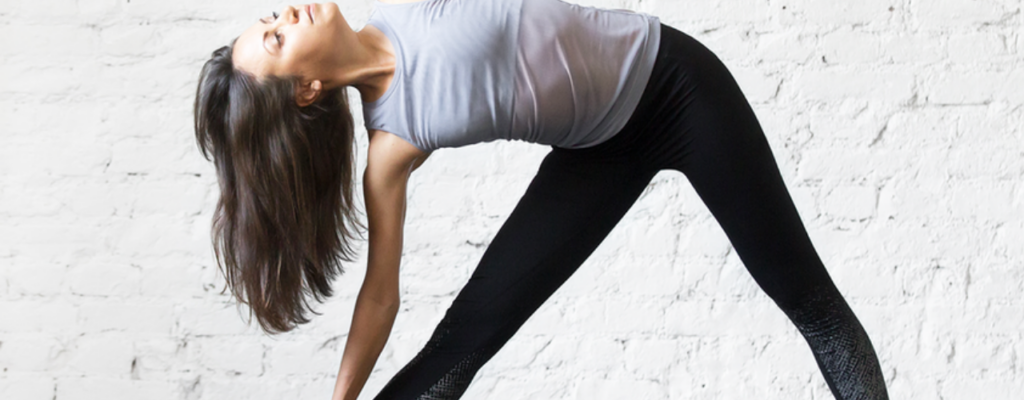Caring for the Caregiver: Three Holistic Approaches to Caregiver Self Care

As caregivers, it’s imperative that we take care of ourselves physically and mentally. It’s not always easy to do so, especially with the 24-hour demands of caregiving combined with the lack of resources during the era of COVID-19. While therapy and counseling are irreplaceable, there are plenty of ways to care for oneself holistically, while at home. Here are three of my favorites:
Movement:
Movement heals. It moves fresh, newly oxygenated blood all over the body, lubricating joints and warming up muscles necessary to relieve general aches and pains. If you’re caregiving for another person with high physical needs, you also need to maintain a pretty high level of strength and proper form for safe carrying, transfers, bathing, etc. My go-to for home workouts are Pilates and Yoga. They don’t require props, and all you need is as much space as a mat.
Pilates focuses on spinal health, functional movement, and working the 99% of the body that is healthy. The classical method does not focus on spot training, yet working the entire body through a specific sequence of exercises for optimum movement. If you can get to a group class or private session – I highly recommend them, at least a couple of times, so that a trained instructor can assess your body’s needs. But, for home workouts, there are plenty of online videos.
Yoga tends to focus on holding poses for longer periods of time versus the more dynamic movement of Pilates, but it honestly depends on what kind of class you’re doing. Yin Yoga is all about holding poses for long stretches of time, in an effort to release the fascia and increase blood flow to a specific area of the body. It’s great for days where you’ve been very busy physically and mentally, to provide some balance to your day. On days where you need more continuous movement, a Vinyasa flow yoga class will provide that for you. The benefits of stretching, strengthening, breathing, and building mind-body connections that Yoga and Pilates can provide are invaluable.
Meditation:
This word tends to scare people away. There are plenty of ways to meditate, and maybe that’s why it can seem so intimidating. To me, meditation is about taking a moment to sit with oneself and just be. It’s a time to let your thoughts and feelings swirl around and not try to suppress them, or focus on them, just accept them as a part of you. If not having instructions or clear direction on how to meditate isn’t your thing, there are plenty of guided meditations out there, that will usually have soft, instrumental background music or nature sounds along with someone guiding your breath and awareness for as little as 5 minutes, and even up to an hour. Starting your day with a short meditation can help ground you and center yourself for the day, or ending your day with a mediation could help you find peace and calm at the end of a hectic day. You might even find that you need a few minutes in the middle of the day to regroup. Download your favorite nature sounds or guided meditation on your phone, pop in some earbuds, and play it whenever you need a moment for yourself.
Journaling:
There’s a lot to be said for getting your thoughts down on paper (or computer). As family caregivers, we can go through a wide range of emotions in small amounts of time. We are juggling work, insurance issues, therapies, households, marriages, friendships, and trying to maintain a working level of physical and mental health while meeting the needs of someone else 24/7. We are happy to do it, we would do anything for our children, but It’s hard work, it’s emotional, and it’s exhausting. Writing down your thoughts regularly can help release some of those emotions – whether you’re doing more of a free-thinking sort of writing exercise, or following some journal prompts. You don’t have to keep a diary, I believe that if you need to just get it out, find the nearest sheet of paper and something to write with and write it down. You don’t necessarily need to keep it for later. But, if you’re into keeping a journal, maybe find a book of blank pages that fits your personality. It might make you more inclined to visit it more often.
These are all simple, no-fuss ways to give yourself the attention you need as a caregiver. What I’ve realized in the short few years I’ve been a full-time caregiver for my son, is that while there are plenty of resources for children like him, there aren’t much for caregivers like me. Most support groups require you to be present at certain places at certain times without your child – which just isn’t always an option for us, and until COVID-19, we didn’t see much being offered virtually from health and wellness providers. I thought, how great would it be to have a place where there is a range of resources for caregivers all in one place, for us to take in at our own pace, as needed. I searched and searched, and didn’t find anything like it — so I created it. The Modern Caregiver is my one-stop-shop for caregiver support. It uses Peer Support, Journaling, Enneagram, Therapeutic Yoga, Meditation, and Movement to meet the unique needs of caregivers today. If you’re interested in learning more about it, please visit my website: www.itsnottoocomplicated.com .


